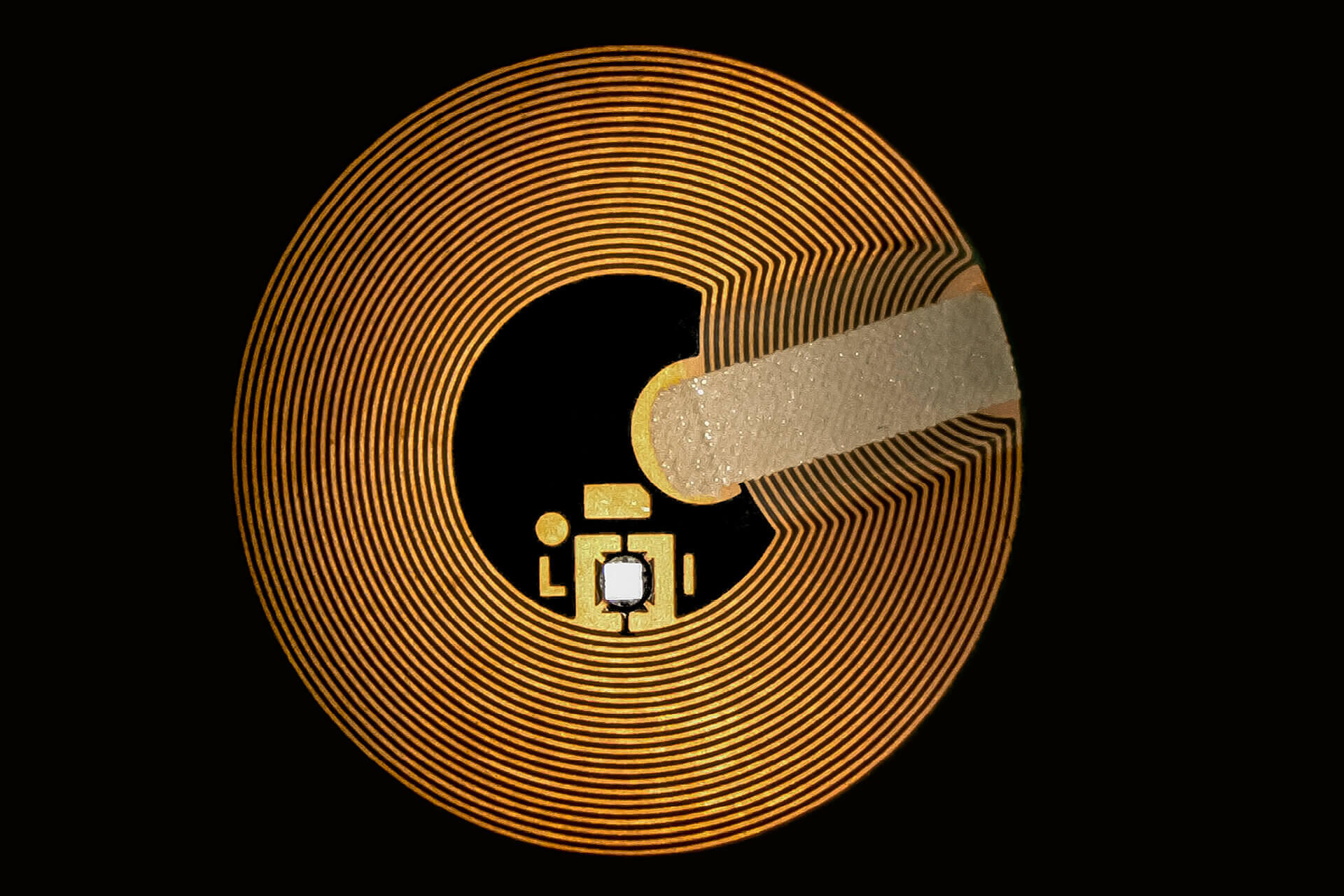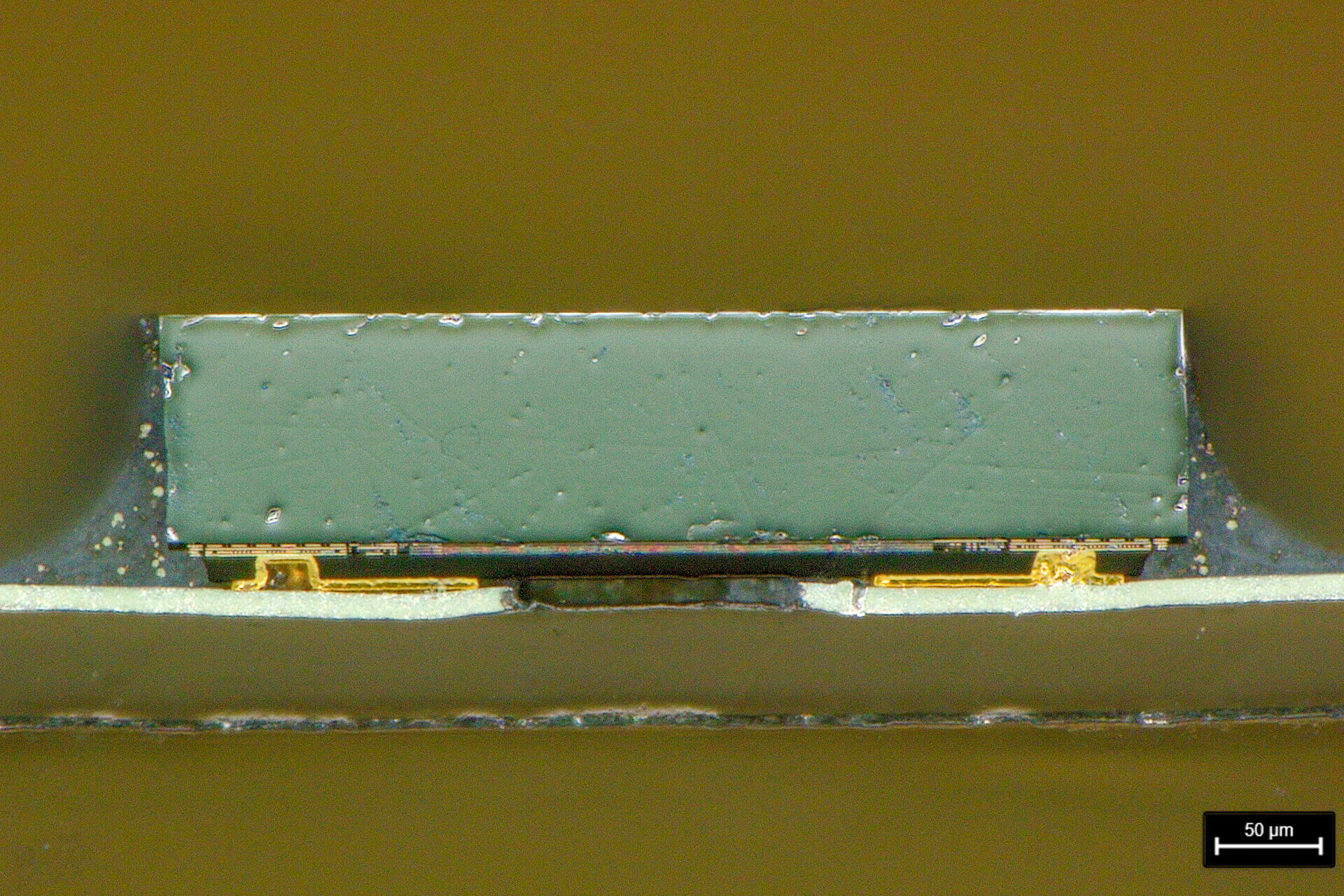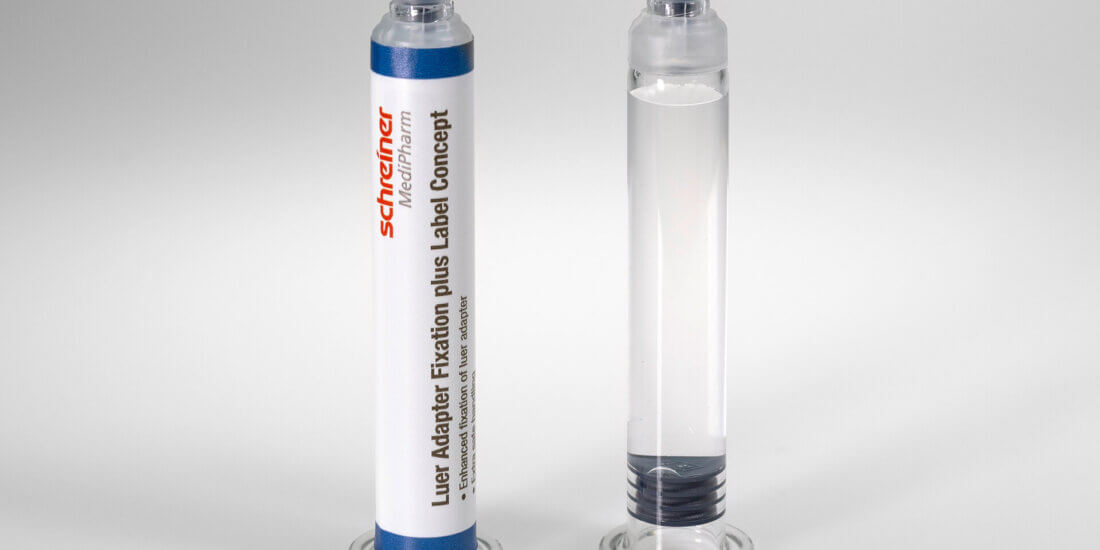Impeccable Connection, Perfect Performance
SCHREINER LOGIDATA
Impeccable Connection, Perfect Performance
It’s hardly visible, has a size of just a few micrometers, but is of crucial importance: the connection between the antenna and the chip in an RFID inlay. A glitch in that connection has a significant impact on the entire RFID system. To offer customers consistently high quality of high-tech labels with RFID functions, the Schreiner LogiData competence center has now established another voluntary inbound goods inspection.
Quality differences can occur in any production operation. “That’s why we agree specifications with our inlay suppliers that must be complied with and checked,” explains the responsible project engineer in the Schreiner LogiData competence center. “However, they’re not visually detectable in the case of our RFID antennas with microchips. Because we depend on perfect material for our products we’ve extended our previously existing close quality inspection by an additional inbound goods inspection.”
The die shear test is focused on the reliable transmission of electrical signals between the chip and antenna that can be proven by means of special tensile forces. The test, which only takes a few minutes, involves pull-off forces of roughly 20 to 60 Newtons, depending on the area of the chip. Possible reasons for faulty connections could be a wrong or excessive adhesive, wrong contact pressure, or wrong processing temperature.
Another potential cause is a delay in maintenance of the manufacturer’s production machines. Especially with throughput rates of up to 45,000 inlays per hour which might lead to minimal variations with maximum effects. That’s why for Schreiner LogiData’s developers, it was particularly important to understand why an inlay does not work perfectly, and the die shear test is a logical consequence. “With this additional quality inspection, we practically intervene in what’s happening before any problems occur later, ensuring that our RFID labels deliver perfect performance in the downstream processes.” The system was quickly and easily integrated in Schreiner Group’s internal inbound goods inspection—so that the antenna and chip form a perfect unit supporting the RFID megatrend.









